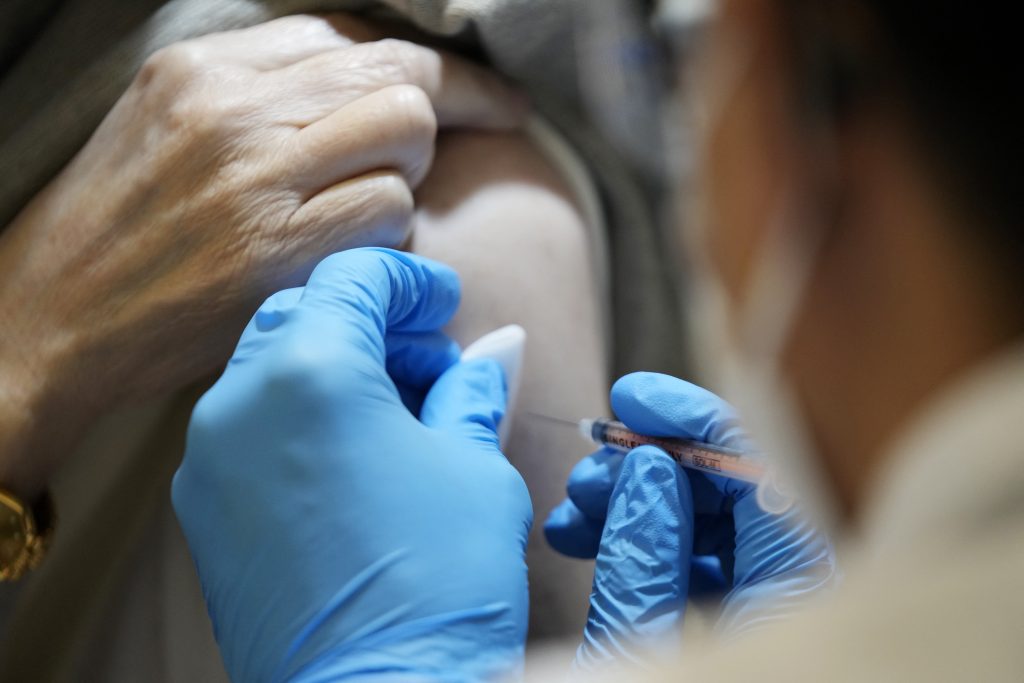
- ARAB NEWS
- 31 Jul 2025

TOKYO: Only 30.5 percent of 14.7 million people eligible for booster vaccination against the novel coronavirus in Japan had received their third shots as of the end of January.
Vaccines for 32.5 million doses have been supplied since the booster vaccination began in the country two months ago. Though the central government hopes to increase the pace, its frequent policy changes over the minimum interval between the second and third shots have made local government work to issue vaccination vouchers more complicated.
The central government approved the COVID-19 vaccines of US drugmakers Pfizer Inc. and Moderna Inc. for booster shots on condition that an interval of at least six months is placed between the second and third shots.
In December last year, the government shortened the minimum interval from eight months in principle to six months for medical workers and seven months for elderly people. Starting next month, the interval will be six months for elderly people and seven months for people aged 64 or below.
In the western prefecture of Ehime, nearly 80 percent of medical workers finished inoculations, but the overall vaccination rate among eligible people remains low at 22.1 percent.
“It’s hard to confirm whom we should send vaccination vouchers now,” a prefectural government official said, complaining of the multiple intervals.
An official at the southwestern prefecture of Miyazaki said, “It takes several weeks to send vouchers.” There is a call for unifying the intervals.
The pace of inoculations is fastest in Okayama Prefecture, western Japan, where the rate stands at 52.1 percent.
Nearly 90 percent of the people given the first shot received the Pfizer vaccine, but 55 percent of the supplies for the booster are the Moderna vaccine.
“Many people avoid the Moderna vaccine. Vaccinations will not progress unless many take the different vaccine this time,” a prefectural government official said.
The southernmost prefecture of Okinawa, where the rate is relatively high at 41.8 percent, faces the same problem.
“Amid the rapid spread of the omicron variant, the prefectural government is sharing a sense of crisis with local municipalities,” an official said. “Still, it is uncertain whether the public will accept the Moderna vaccine.”
The government of the central Japan prefecture of Niigata, which has heavy snowfalls, initially planned to accelerate vaccinations in spring.
It changed its mind and hastily set up five mass vaccination venues. But the vaccination rate stays low at 22.2 percent due to the slow pace of reservations.
As reasons for the low rate, a Niigata official cited unfavorable weather conditions and a lack of urgency among local residents.
Meanwhile, local government officials are worried that many people are underestimating the danger of the omicron variant.
“While concerns are widespread over adverse events following inoculations, some people find (the third shot) unnecessary as symptoms caused by the omicron variant are said to be less serious,” the Miyazaki official said.